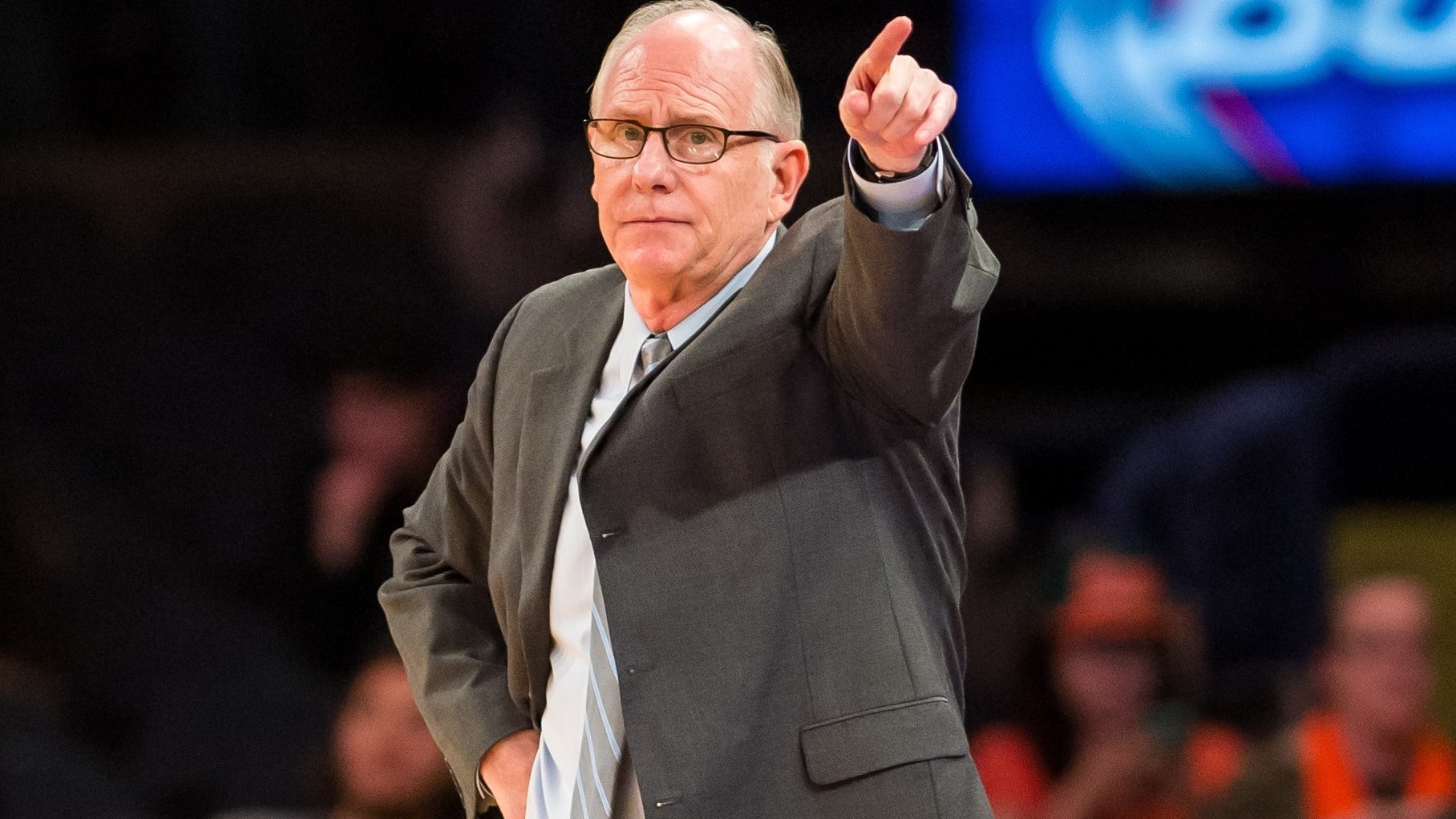The Miami Hurricanes continued their up-and-down season on Saturday, falling 71-66 on the road to the No. 4 Louisville Cardinals to return to .500 in conference play for the third time this season. Let’s go beyond the box score and take a look at what insight we can gain from this matchup.
1. Again, it was a tale of two halves against an upper-echelon opponent
While Miami scored 33 in each half, the offense was clearly less effective in the latter frame. It would be unfair to expect the Canes to sustain a blistering 52 percent mark from the field in the first half against one of the top defenses in the country, but it’s tough to hold halftime leads when you shoot only 36 percent for a 20-minute stretch. In addition, the defense slipped in the second period, contributing to Louisville’s 19-point difference in scoring between halves. One possible cause of the repeated second-half swoons is the lack of depth that Miami Coach Jim Larrañaga has at his disposal. Five Hurricanes played 27 or more minutes, with the trio of Ja’Quan Newton, Davon Reed and Bruce Brown all seeing 34-plus minutes of action. Only three other players totaled double-digit minutes (all between 11 and 15), and some more rest for Miami’s top guns would have been helpful going up against the ultra-athletic Cardinals.
2. Ebuka Izundu continues to show flashes
The sophomore big man still is plagued by foul trouble which limits his minutes, but boy does he look great at times. Izundu was the Hurricanes’ best pick-and-roll big man in the first half, finishing with a few dunks off nice feeds from Miami’s guards. If he learns to cut the hacking, his rim protection could be a huge boost, as he came up with a couple blocks in just 15 minutes. Passing is another area in which Izundu shows glimpses of greatness. Once or twice a game, you’ll spot him firing a cross-court laser out of a double team to an open shooter – a pass that other big men on the roster simply can’t make. Sure, sometimes that pass sails into the fourth row, but at least he’s got the right idea. Time will tell if the flashes turn to prolonged stretches of excellence, but signs for optimism are present.
3. Threes continue to be a weakness
In a game where both teams made about the same number of total field goals and free throws, the long ball was the deciding factor, as Louisville made six more threes (11-5) while nearly doubling the amount of attempts of Miami (28-15). As you may know, three is more than two, and those extra points add up. A deep triple by Quentin Snider, the final of seven second-half Cardinal threes, proved to be the dagger, but allowing three-pointers isn’t the Hurricanes’ biggest issue. What is more problematic is the ineptitude to hit ones of their own. Surprisingly, it was Newton, who hadn’t hit a three in five weeks, that led the charge from downtown. He connected on two of three tries (which doubled his makes in ACC play this year). The rest of the bunch shot a paltry 3–12 from distance, which is just not good enough to pull off an upset against a top-five team on the road.
This all may sound very negative, but it’s merely an exercise pinpointing what needs to be improved for Miami to return to the upper class of the ACC. There’s no shame in losing at Louisville, and UM showed great fight in tying the score after falling behind by eight late in the ballgame. It was a good performance, but this program is building toward something great. It’s just not quite there yet.






